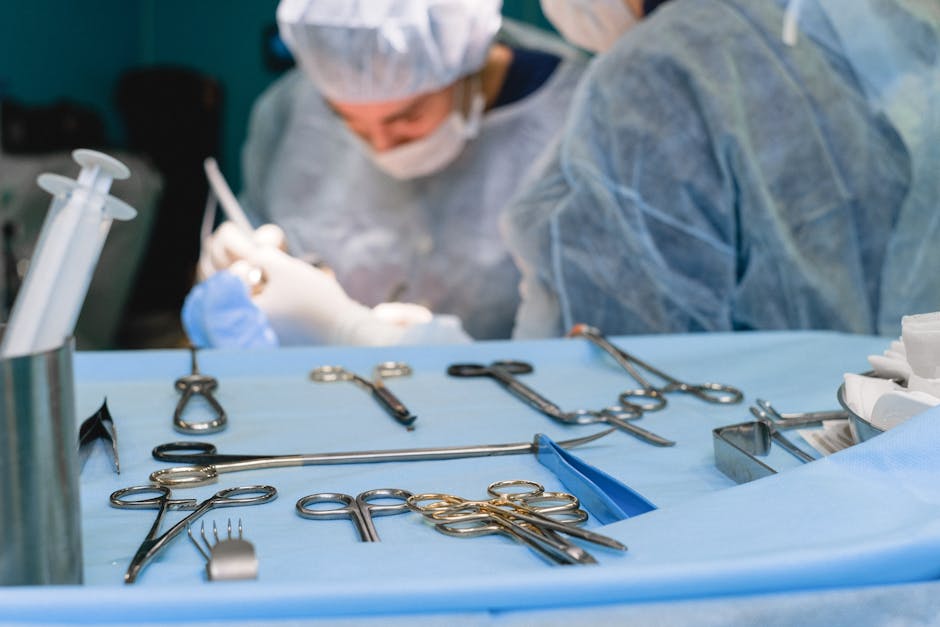Our Blog
Understanding Biliary Tract Surgery: Options for Choledochal Cysts Treatment
June 29, 2024
Navigating the intricate world of biliary tract surgery unveils a realm of varied treatment options for choledochal cysts. Join us as we delve into the nuances of this specialized field, exploring the surgical procedures and postoperative care that form the backbone of managing choledochal cysts.
Exploring Choledochal Cysts and Treatment Options
Choledochal cysts, though rare, pose significant challenges necessitating prompt diagnosis and intervention. These cystic dilations of the bile ducts can lead to complications such as jaundice, pancreatitis, and bile duct infections if left untreated. Understanding the classification of choledochal cysts, which includes Todani types I to V, is crucial in determining the appropriate surgical approach.
Treatment options for choledochal cysts encompass a spectrum ranging from cyst excision with hepaticojejunostomy to less invasive endoscopic procedures like cyst drainage. The choice of treatment depends on factors such as the patient’s age, cyst type, and associated complications. Surgeons tailor their approach to each case to achieve optimal outcomes while minimizing risks.
In recent years, minimally invasive techniques like laparoscopic cyst excision have gained popularity for their reduced postoperative pain and quicker recovery times. These advancements in surgical methods have revolutionized the management of choledochal cysts, offering patients a less invasive yet effective treatment option.
Surgical Procedures for Choledochal Cysts
Surgical intervention plays a pivotal role in treating choledochal cysts, aiming to alleviate symptoms, prevent complications, and restore normal biliary function. The surgical techniques commonly employed include cyst excision with biliary reconstruction, such as hepaticojejunostomy or Roux-en-Y hepaticojejunostomy, to ensure proper drainage and prevent recurrence.
Complex cases of choledochal cysts may necessitate liver resection in addition to cyst excision to address extensive cyst involvement or biliary strictures. Surgeons meticulously plan each step of the procedure, taking into account the individual patient’s anatomy and the specific characteristics of the cyst to achieve a successful outcome.
Postoperative care following surgical intervention for choledochal cysts focuses on pain management, monitoring for complications like bile leaks or infections, and ensuring proper healing of the biliary reconstruction site. Regular follow-up visits enable healthcare providers to assess the patient’s recovery progress and address any concerns that may arise.
Recovery and Postoperative Care
The recovery period after biliary tract surgery for choledochal cysts is a critical phase that requires attentive care and monitoring. Patients may experience varying degrees of discomfort, which can be managed through pain medications and adherence to postoperative guidelines provided by the healthcare team.
Dietary modifications, including a gradual transition from liquids to solid foods, play a vital role in supporting postoperative recovery and ensuring optimal gastrointestinal function. Patients are advised to follow a customized diet plan tailored to their surgical outcomes and nutritional needs during the recovery process.
Long-term follow-up care for patients who have undergone biliary tract surgery for choledochal cysts involves regular imaging studies to monitor biliary system integrity, liver function tests to assess hepatobiliary health, and consultations with specialists to address any emerging issues. With comprehensive postoperative care, patients can achieve long-term success and well-being.
In the kaleidoscopic landscape of biliary tract surgery, understanding the optimal treatment options for choledochal cysts is paramount. With advancements in surgical techniques and postoperative care, patients can pave a path towards healing and recovery, guided by expertise and innovation.
